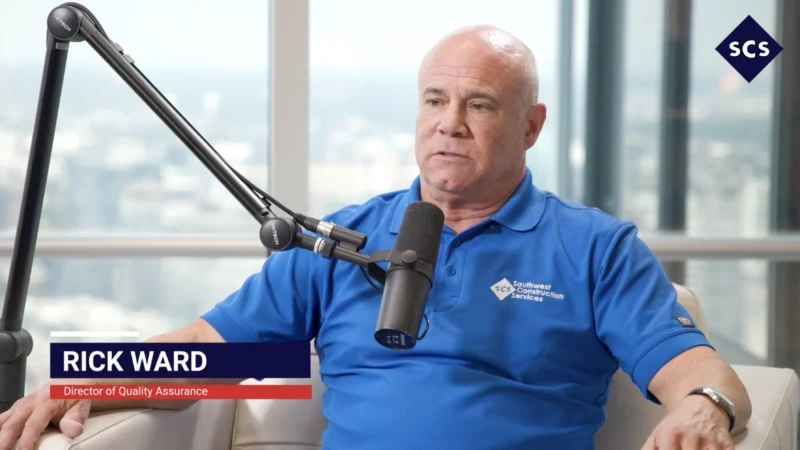Moisture Mitigation for Mass Timber
Controlling moisture on a construction job site is essential in maintaining building material quality. Moisture mitigation for Mass Timber buildings is necessary to keep these elements warm and dry throughout the lifecycle from construction to occupancy.
Mass Timber is a growing trend in the construction industry as an alternative to concrete and steel. The durability, seismic performance, and fire resistance of these cross-laminated timbers (CLT) offer quality with the potential to reduce carbon emissions from construction.
Because more projects are considering Mass Timber, it’s essential to recognize the need for moisture mitigation to achieve optimal results. What risks are associated with excess moisture on Mass Timber, and what are the best mitigation strategies to ensure maximum results?
On Ideal Conditions, a Polygon Podcast, Deanna Talbot, Polygon’s Director of Marketing, checked in with Ryan Creagan, Director of Client Development for Polygon, to talk about the rise in Mass Timber projects, why they’re gaining in popularity, and what are some of the best methods to use for moisture mitigation.
Talbot and Creagan’s conversation includes:
- How moisture management for Mass Timber is different from other materials
- Tips and moisture control advice for people working on Mass Timber projects
- Moisture and humidity monitoring options
“After the building’s been enclosed, and in some cases during transport before the building’s enclosed, the general contractors, the owners, they want monitoring of that Mass Timber,” Creagan said. “Because there’s a lot of risk involved with that material.”
Ryan Creagan is passionate about building long-lasting customer relationships, understanding their goals, and engineering solutions that add value while limiting carbon footprint. He has over ten years’ experience working with Polygon in business and client development. Creagan holds a BS in business administration from the University of Dayton.









